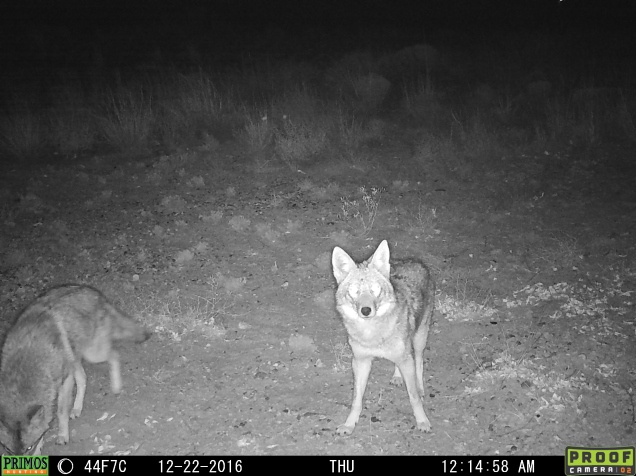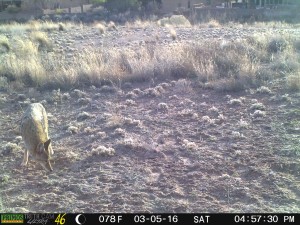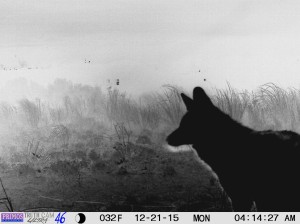Yes Martha, there are things far worse then a Coyote attacking our family pet! Readers who follow this blog know that its material comes primarily from major media and internet stories (both authenticated and unauthenticated). So here we go – Lets all take a deep breath, relax and keep an open mind. No matter what is causing it . . . . climate change is a fact! Example: looking back this week major news media reported the Arctic Ice is at the second lowest level in satellite history. STOP! Satellite history is limited when compared to written history let alone the time the earth has revolved around the sun. All type of facts are available from multiple sources and depending on your personal interpretation can be devastating or uplifting. So yes, the climate is changing but at what rate? The speed of climate change appears to be increasing and most would agree the growing human population in all probability – has some impact on the rate of climate change. There, I said it and you will make of it what you will. I say climate change is probably worse then a Coyote attacking our family pet!
Well? The point to consider is that as the climate does indeed change what individual impact does it have on us? Begin with food sources . . draught or flooding will destroy your food source. Shelter . . many homes have been destroyed by both draught (fires) and flooding. With out food and shelter we humans become scavengers. Sound familiar? In addition to being hunters Coyotes are scavengers. As its territory expands and contract a Coyote’s focus turns from hunting to scavenging. What ever opportunity is presented to the Coyote will be maximized, the Coyote’s life depends on food and shelter. So you saw a Coyote sneaking around your back fence? Food and shelter is on the Coyote’s mind as it wonders your neighborhood. Unlike humans the Coyote can not rebuild and replant so it leaves to find a sustainable environment. You want the Coyote gone, eliminate its food and shelter. Hmm . . We humans may want to reconsider our priorities eh?
Between March 15th and March 26th 2018 there have been 14 public reports of Coyote problems, the majority along the east coast with several from New York. Regardless of where the reader lives if you haven’t had a Coyote problem it is only a matter of time before it happens. Knowing that Coyote problems are occurring residents would be well advised to prepare for the eventuality of meeting up with the four legged varmint. Knowing that climate change is happening now is the time to take precautions, throw an extra blanket and couple of bottles of water in the car before you take a trip. Keep that cell phone charged and consider keeping an emergency battery pack charged up as well. This year it seems the weather has been relentless on the East Coast and the number of citizens without power has to be at an all time high. Amazingly, no reported Coyote sightings have been made since the winter storms . . or have they? As for Coyotes your choice of defensive tools could be a hand held air-horn or the old reliable 12 gauge. The latter is my anti-Coyote choice though my neighbors take a dim view on loud sounds in the middle of the night. NOTE: Rabid Coyotes don’t respond to air horns but the 12 gauge will stop them dead in their tracks – so to speak.
OK so far we have climate change and Coyotes – how are they related you ask? Coyotes are in our neighborhoods and no one can explain why. The Coyote population is growing in our neighborhoods but no one seems to know how fast the Coyote population is growing. Yes, different localities seem to have varying speeds of Coyote population growth. Open the local newspaper or tune into the evening news show and various pundits will state that this or that is the way to alter climate change. Some local animal experts report that Coyote control is best achieved through trapping and is more humane while others advocate termination which is more expedient and definitive. No one has figured a solution to climate change and Coyotes peering out from under the brush near the driveway have no fear of us.
It is said that all politics are local. How about varmint control? The Federal Wildlife authorities have taken action with a degree of success in the western states. Some other areas over seen by those authorities have suffered collateral damage in the form of live stock and or family pets. The local communities have a better perspective on their need for varmint control and with the help of local citizens, can limit Coyote run-ins. Notice I said “limit,” too many well intentioned folks just have to feed the wild life! Once we get around those supporting wild life in the neighborhoods Coyotes will be motivated to look for other friendly environments. Recapping here – Climate change is still going on and I just got another trail camera photo of a local Coyote. On a positive note, the local drought seems to have diminished the number of Coyote tracks behind the back fence. On the other hand, it looks like my summer water bill is going to be quite a bit higher!
Stay tuned – there is more to come on the Coyote Cam

 First, a disclaimer is required here. This writer has always been an outdoor sportsman which includes hunting and fishing. In conjunction with being an outdoor sportsman we all need to recognize that predators come in all sorts of packages; fin, fowl and animal (both the two legged and four legged varieties). It is my belief that good stewardship includes land as well as wildlife! A well maintained wildlife environment provides a shelter against encroaching humans and conversely, predators from wondering neighborhoods.
First, a disclaimer is required here. This writer has always been an outdoor sportsman which includes hunting and fishing. In conjunction with being an outdoor sportsman we all need to recognize that predators come in all sorts of packages; fin, fowl and animal (both the two legged and four legged varieties). It is my belief that good stewardship includes land as well as wildlife! A well maintained wildlife environment provides a shelter against encroaching humans and conversely, predators from wondering neighborhoods.







